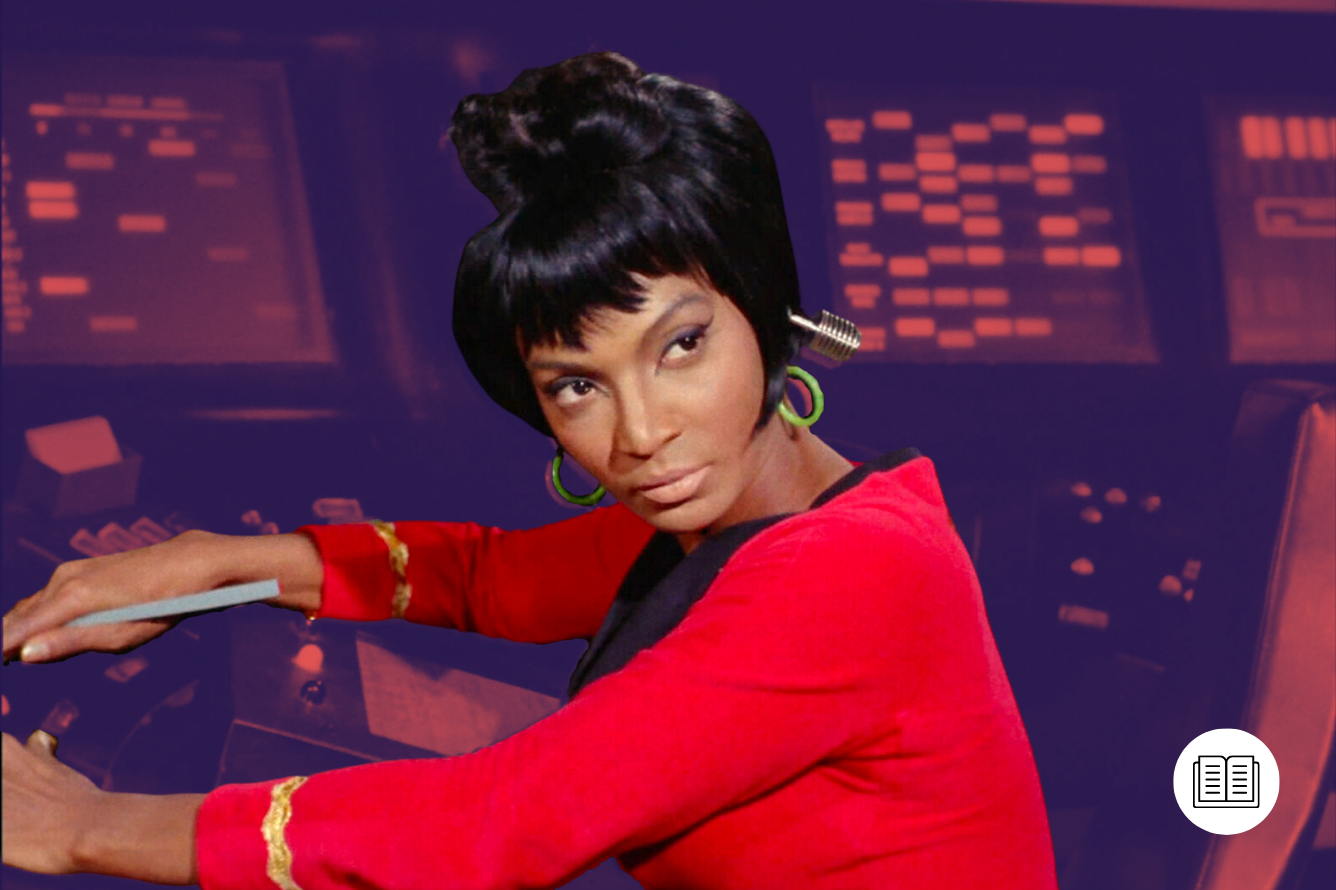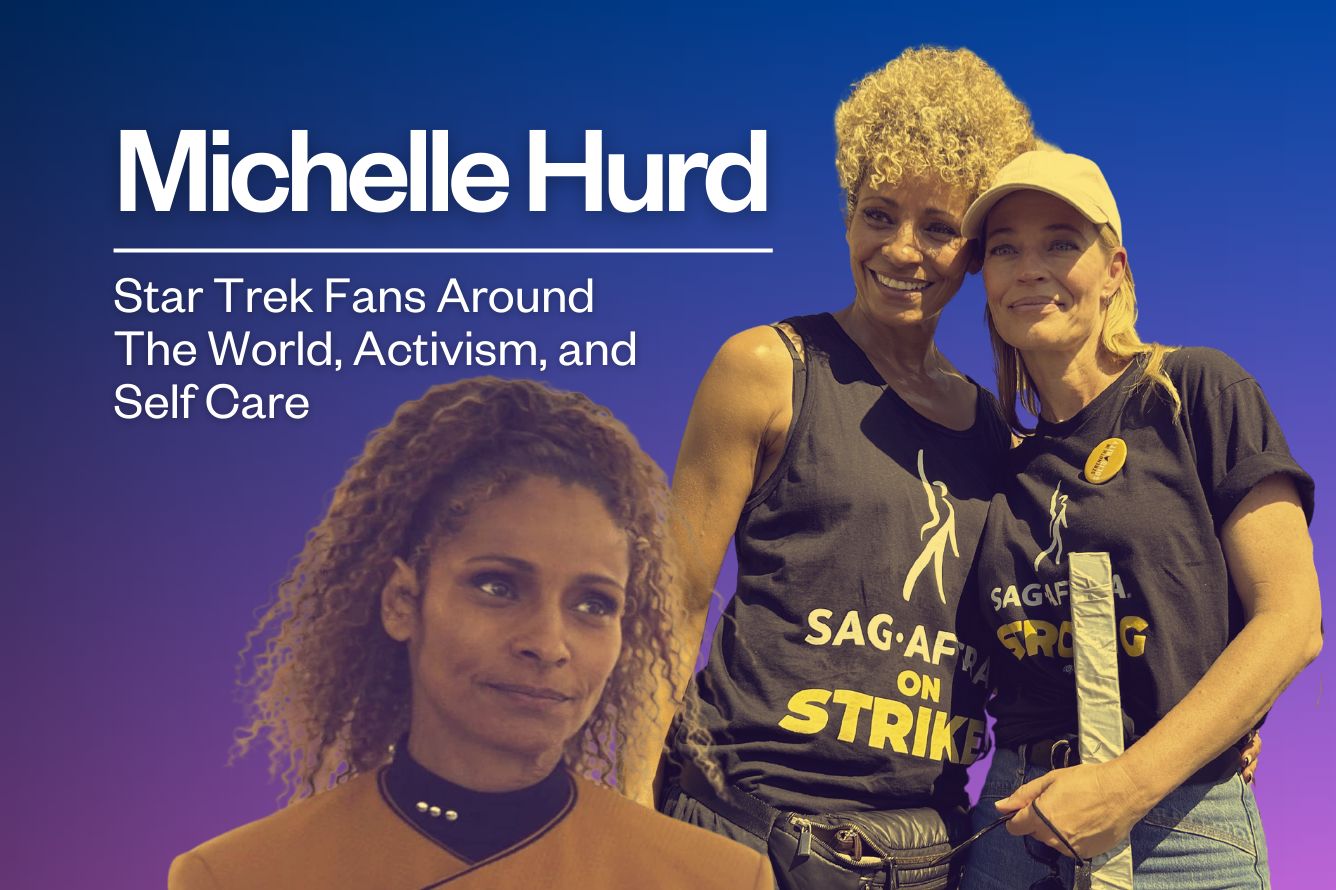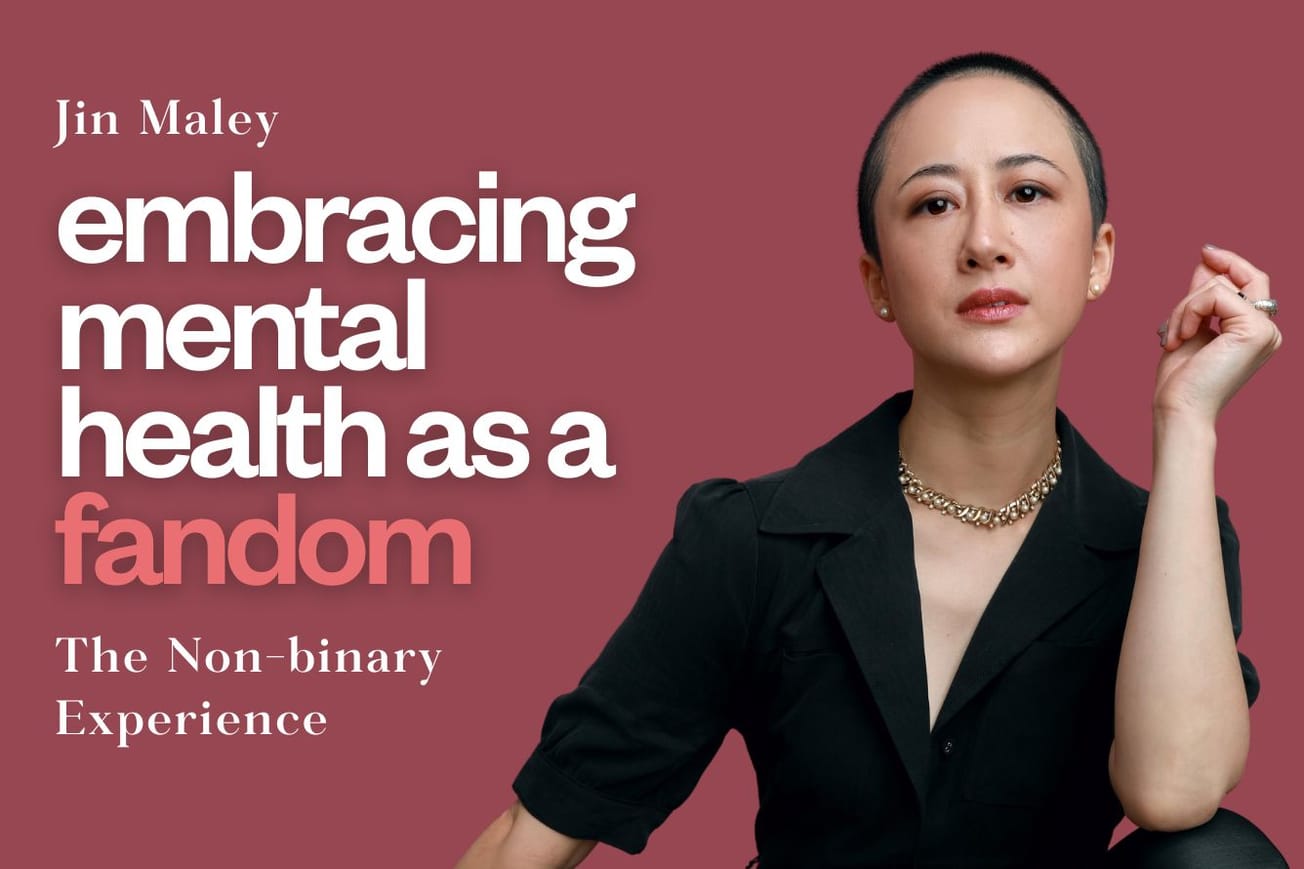This feature was originally published shortly after the passing of Nichelle Nichols. We have made slight updates to reflect the time that has passed.
“Hailing frequencies open.”
It’s a line Trekkies know the world over, businesslike in its demeanor but tinged with the tenor of exploration and possibility that set Star Trek apart from its science fiction brethren. It was also the most iconic line attributed to Lieutenant Nyota Uhura, played with remarkable professionalism and sex appeal by Nichelle Nichols, who passed away on July 30, 2022, at the age of 89.
Nichols, and Uhura by extension, were trailblazers in television history: One of the first Black women to have a starring role in a television series and one of the first Black characters in a position of authority in TV history. Far from the maids and servant roles white-centered media had granted Black women in years past, Uhura was treated as an equal among the crew of USS Enterprise.

As the ship’s chief communications officer, she was the vessel’s voice, the first point of contact for alien forces both friendly and unfriendly. She was a trusted advisor to the ship’s senior staff, particularly William Shatner’s Captain James T. Kirk, and felt like an active participant in the ship’s adventures.
While the original Star Trek only lasted three seasons and 79 episodes, Uhura as a character would make a lasting impression on generations of young Black men and women who looked for more aspirational representation on television. Many Star Trek fans are familiar with the story of Nichols contemplating leaving the show in its first season, only for Martin Luther King Jr. himself to beg her to stay on the ship: “Nichelle, whether you like it or not, you have become a symbol,” Nichols recalls Dr. King telling her.
“If you leave, they can replace you with a blonde-haired white girl, and it will be like you were never there. What you’ve accomplished, for all of us, will only be real if you stay.”Martin Luther King Jr.
That zeal, along with the surprising fanbase for the show that would coalesce after its cancellation, led to Uhura’s return in the short-lived Star Trek: The Animated Series and six more motion pictures, all of which Nichols returned for.

Over those 25 years of interstellar adventures, Nichols as Uhura found ways to stand out with her beauty, poise, and determination, even when the scripts didn’t give her the same level of engagement as Shatner, Leonard Nimoy’s Mr. Spock, and DeForest Kelley’s Dr. McCoy. Still, peek through the glimmers of screentime Nichols managed to get when she wasn’t sitting at the communications channel, and you see an actress making the most of her moment — effortlessly balancing the character’s twin roles as inspiration and sex symbol. And, as Uhura’s career in Starfleet advanced with her age, Nichols had even more fun with the role, comfortable in her seniority and going out on even further limbs for her crew and comrades.
Allow us to reminisce, then, on Nichelle Nichols’ luminous trek among the stars, and the vital part Uhura played in that journey.
Uhura in Star Trek: The Original Series
Uhura wasn’t present for the events of either of the two Star Trek pilots, ‘The Cage’ and ‘Where No Man Has Gone Before’ (S1, Ep3). Still, Nichols’ first episodes as the character (by production order at least) were Season 1’s ‘The Corbomite Maneuver’ (S1, Ep10) and ‘Mudd’s Women’ (S1, Ep6), where she temporarily wore the gold uniform of operations, before moving to her iconic red doublet at the communications station.
The original series, being a product of both the swinging ‘60s and the mind of legendary interstellar horndog Gene Roddenberry (whom Nichols confirmed she had a months-long relationship with prior to Star Trek), was no stranger to female characters dressed in skin-tight outfits, and Nichols was no exception. Her outfit was snug, the uniform skirt only waist-length, with black tights underneath; Nichols wore a straight, up-doed wig, with hoop earrings and long nails, all the better to press her iconic Starfleet earpiece closer to hear the most subtle of signals. Ebony dubbed her “the most heavenly body in Star Trek” on one 1967 cover; much of the show’s sex appeal rested on her shoulders as the only female bridge officer on the ship’s crew.

Early episodes played up that sensuality, Uhura is depicted as a lovestruck receptionist with eyes for Mr. Spock. And yet, despite these reductive portrayals, Nichols made the most of it with her effortless charm and stargazing eyes; in ‘Charlie X’ (S1, Ep2), one of the character’s first showcases off-bridge, Uhura and Spock engage in an impromptu song in the crew lounge, “Oh, On the Starship Enterprise.”
Sure, it’s a fairly sexist ditty by modern standards, Uhura crooning about Spock’s “devil ears and devil eyes,” which leave “female astronauts… terrified and overwrought.” Also, it leads to Enterprise guest Charlie Evans (Robert Walker Jr.), who has godlike powers, to rip Uhura’s voice from her to turn Janice Rand (Grace Lee Whitney)’s attention back onto him. But Nichols plays both sides of the encounter to the hilt, her golden voice making a siren’s song of the piece right before playing the existential terror of Charlie’s jealous retaliation.
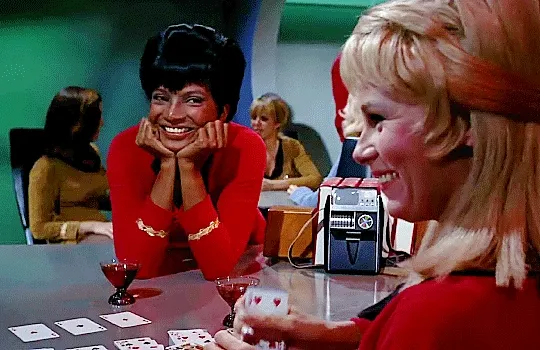
The show offered Nichols several chances to let loose and stretch her acting chops: In ‘Mirror, Mirror’ (S2, Ep2), Uhura had to masquerade as her mirror-universe self, a scheming, conniving villain. It was an incredible showcase for Nichols’ talents, putting Uhura through one of the most delicate tightrope acts of her Starfleet career; feigning imperious villainy just long enough to get her and her crewmates home.
But in episode after episode, Uhura’s professionalism as an officer shone through, whether at her communication station or on the away team. In ‘The Galileo Seven’ (S1, Ep16), she fills in at Spock’s science station after he and a shuttle crew get lost in a quasar, discovering the planet they’ve crashed on and facilitating their rescue. In ‘Who Mourns for Adonais?’ (S2, Ep2) she digs into the communications system to completely rewire it and break through the god Apollo’s comms blackout.

Still, Uhura’s (and Nichols’) most talked-about moment surrounds one of the earliest interracial kisses in television history, one Nichols herself had a hand in facilitating. In Season 3’s ‘Plato’s Stepchildren’ (S3, Ep10), Uhura is forced under mind control to kiss Captain Kirk — a watershed moment for TV, and one that almost didn’t make it to air. Reportedly, executives were wary about filming one version with the kiss and one without, with the latter to air in less racially-tolerant areas of the country. But Nichols and Shatner deliberately botched take after take of the non-kiss version during filming so that they could only use the one with the trailblazing space-age smooch.
Regardless of the dicey layers of consent contained in that kiss (both characters are decidedly not themselves), its mere presence was a huge step forward in the representation of interracial romance on-screen — one Nichols ensured would come to pass.
The Animated Series, and More Chances for Uhura to Shine
The short-lived and little-seen Star Trek: The Animated Series is oft-forgotten by Star Trek fans, but it’s notable here for the additional opportunities it gave Uhura to stand out among the bridge crew. Take, for instance, ‘The Lorelei Signal’ (S1, Ep4), in which a planet entirely made of women entrances the male members of Enterprise with a “siren song” that leaves them susceptible to suggestion: Uhura takes command of the ship here, commanding an away team led by her and Nurse Chapel (Majel Barrett) to rescue her crewmates.

After seasons of technobabble and objectification, it’s refreshing to see Uhura get the chance to take charge, albeit in an episode seeping with gendered stereotypes. Uhura storming the enemy’s compound, phasers blasting, is a fist-punching moment of action that Nichols hardly enjoyed in live action.
That’s not the only standout moment for Uhura in The Animated Series: in ‘Once Upon a Planet’ (S1, Ep9), she outsmarts an evil supercomputer in much the same way Kirk would across TOS. Where original Trek mostly relegated Uhura to hailing frequencies, The Animated Series saw her responsibilities, and prominence in the crew, increase.
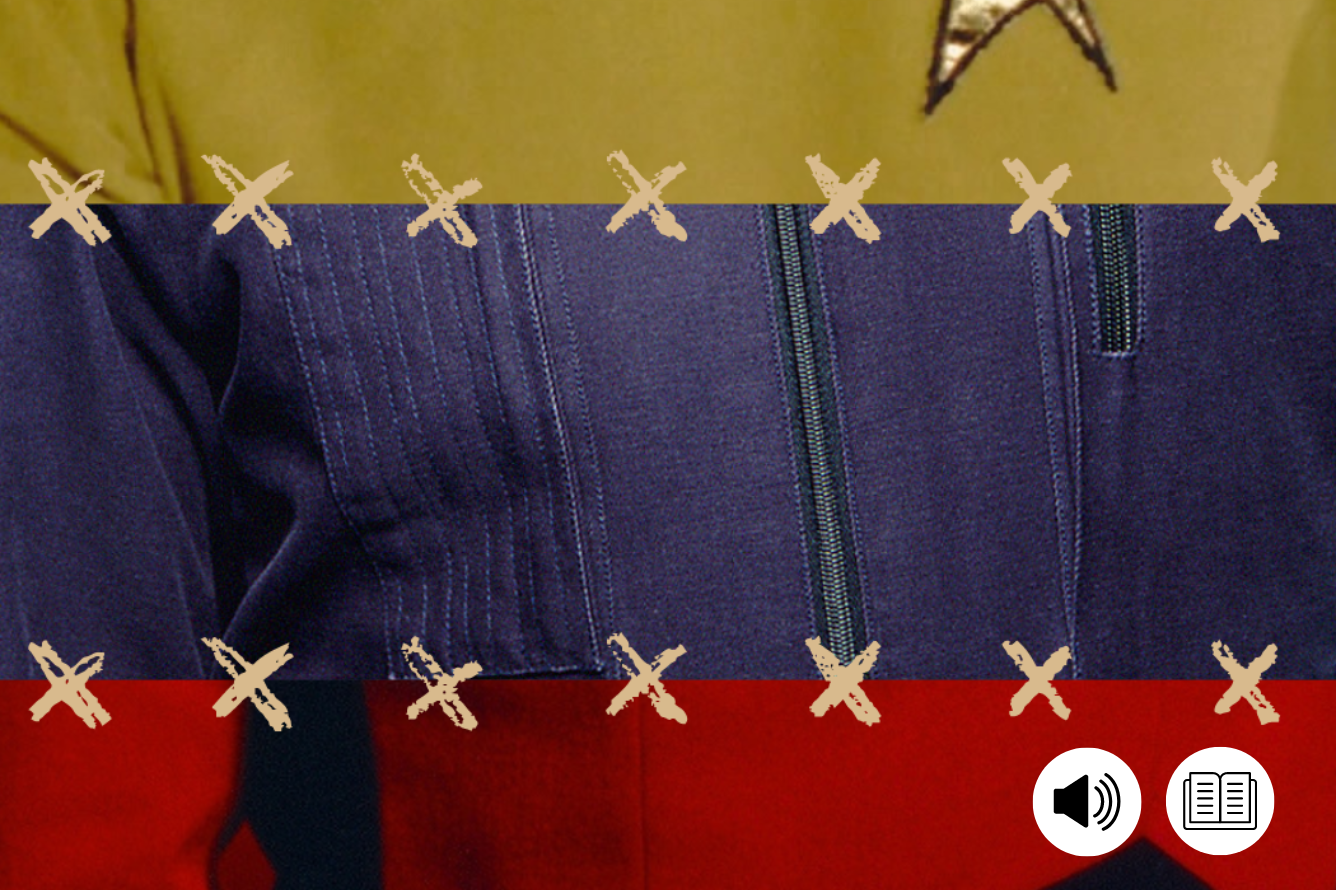
Uhura, Bigger and Blacker on the Big Screen
When the crew of the Enterprise saddled up for the first of their big-screen outings, 1979’s Star Trek: The Motion Picture, Uhura returned to the comms station as well. Most notably, she traded in her straight wig for the natural afro Nichols had worn for much of her life.
“When it came time to do the Star Trek movie, I had to fight for that afro,” Nichols recalled in Return to Tomorrow: The Filming of Star Trek: The Motion Picture. “It was nothing against the afro, but the feeling was that the afro had become so very popular that it looked too contemporary.
“I said, ‘However, the afro is not modern, the afro has been around for at least not less than 5,000 years and probably at least 10,000. I’m not sure how long we’ve been on the planet, but as long as there have been Black people, the afro has been around.’”Nichelle Nichols

Uhura remained firmly in communications for that film and its much-more-popular sequel, Star Trek II: The Wrath of Khan (1982). But Nichols finally got some well-deserved action in Star Trek III: The Search for Spock (1984), as she helps her crewmates steal Enterprise by hijacking a transporter room and holding her young, upstart trainee at phaserpoint. Nichols is a delight here, a dangerous twinkle in her eye as she upsets “Mr. Adventure”’s idea of her as a washed-up officer whose career is “winding down.” It’s easily one of my favorite scenes as Uhura, and it’s a shame she couldn’t have joined them on the rest of their journey.
Fast forward to Star Trek IV: The Voyage Home (1986) and Star Trek V: The Final Frontier (1989), and Nichols gets to play more explicitly comedic laters to Uhura. In the former, she’s a great straight woman to Walter Koenig’s Chekov, the pair stalking San Francisco asking random passersby where the “nooklear wessels” are. In the latter, Nichols delights in her flirtatious dynamic with James Doohan’s Scotty, and of course, there’s her erotic fan dance of distraction on Nimbus III. (The less said about that, the better, but at least Nichols is having fun.)

For my money, Star Trek VI: The Undiscovered Country (1991) serves as the perfect sendoff to the two sides of Nichols’ Uhura: the comic talent and the consummate professional. First, there’s the giddy farce of her crowd-sourced pigeon Klingon as Enterprise sneaks across the Neutral Zone (a bit that admittedly calls into question Uhura’s command of languages if she hasn’t learned how to speak the tongue of their greatest foe, but whatever it’s fun!). Then, there’s the way she strategizes with Kirk and Spock about the best way to defeat General Chang (Christopher Plummer)’s perma-cloaked Bird of Prey: “Thing’s gotta have a tailpipe.”
It’s the last major moment Nichols would have on-screen as Uhura — that of a trusted colleague and professional brainstorming inventive solutions to galaxy-ending problems. And there’s hardly a better sendoff for her tenure as the character, one whose impact would ripple throughout television and scientific history.
Thrusters On Full: The Legacy of Uhura
Nichols’ iconic performance and boundary-breaking presence opened the door not just for other Black women in film and television but also in STEM. Academy Award-winning actress Whoopi Goldberg, who’d later play Guinan in Star Trek: The Next Generation and Star Trek: Picard, frequently cited Nichols as the reason she got into acting. On Monday, Goldberg eulogized Nichols on her daytime talk show The View:
“[She was] A trailblazer, a heroine, and an extraordinary woman—someone who inspired millions and millions of people but inspired me. Nichelle was the first Black person I’d ever seen who made it to the future.”Whoopi Goldberg
But Nichols also took her influential status as a Black woman performing excellence in the sciences seriously: In 1977, she appeared in a promotional video for NASA to encourage other women and people of color to become astronauts. Her advocacy there and throughout the ensuing decades was instrumental in inspiring many to seek jobs in space flight — including Mae Jemison, the first Black women in space.
The character herself has also obviously carried on beyond Nichols’ tenure: In the three (so far) Kelvin universe films — Star Trek (2009), Star Trek Into Darkness (2013), and Star Trek Beyond (2016) — Zoe Saldana has played the role with a mixture of toughness, allure, and innate practicality, the character practically replacing Dr. McCoy as the third leg of the Enterprise’s central triumvirate. On Star Trek: Strange New Worlds, Tony-winner Celia Rose Gooding plays a younger Ensign Uhura with a bright-eyed exuberance, a young professional unsure of her life path but who gradually finds it among the crew of the Enterprise.
As brilliant as these new interpretations of the character can be, it’s sometimes heartbreaking to think that Nichols never got the chance to build the same depth of character in the original series and films. Of the central seven characters on the bridge of Enterprise, Uhura was often given the shortest shrift: many episodes reduced her to a sex object or a glorified receptionist in space. Nichols’ Uhura hardly ever got to take command of Enterprise, punch aliens, or solve complex intergalactic problems on her own.
But within the auspices of 1960s television, in a political and media landscape that sought to minimize and marginalize her impact at every turn, Nichols turned what could have been a thankless role into an inspiration for generations of fans. What she got to do on the bridge arguably didn’t matter as much as the mere fact that she was there in the first place. Nichols showed audiences both Black and white that she, and people like her, were right where they belonged — at the edge of the frontier, ready to talk (and listen) to whatever was out there.
The cost of your membership has allowed us to mentor new writers and allowed us to reflect the diversity of voices within fandom. None of this is possible without you. Thank you. 🙂


